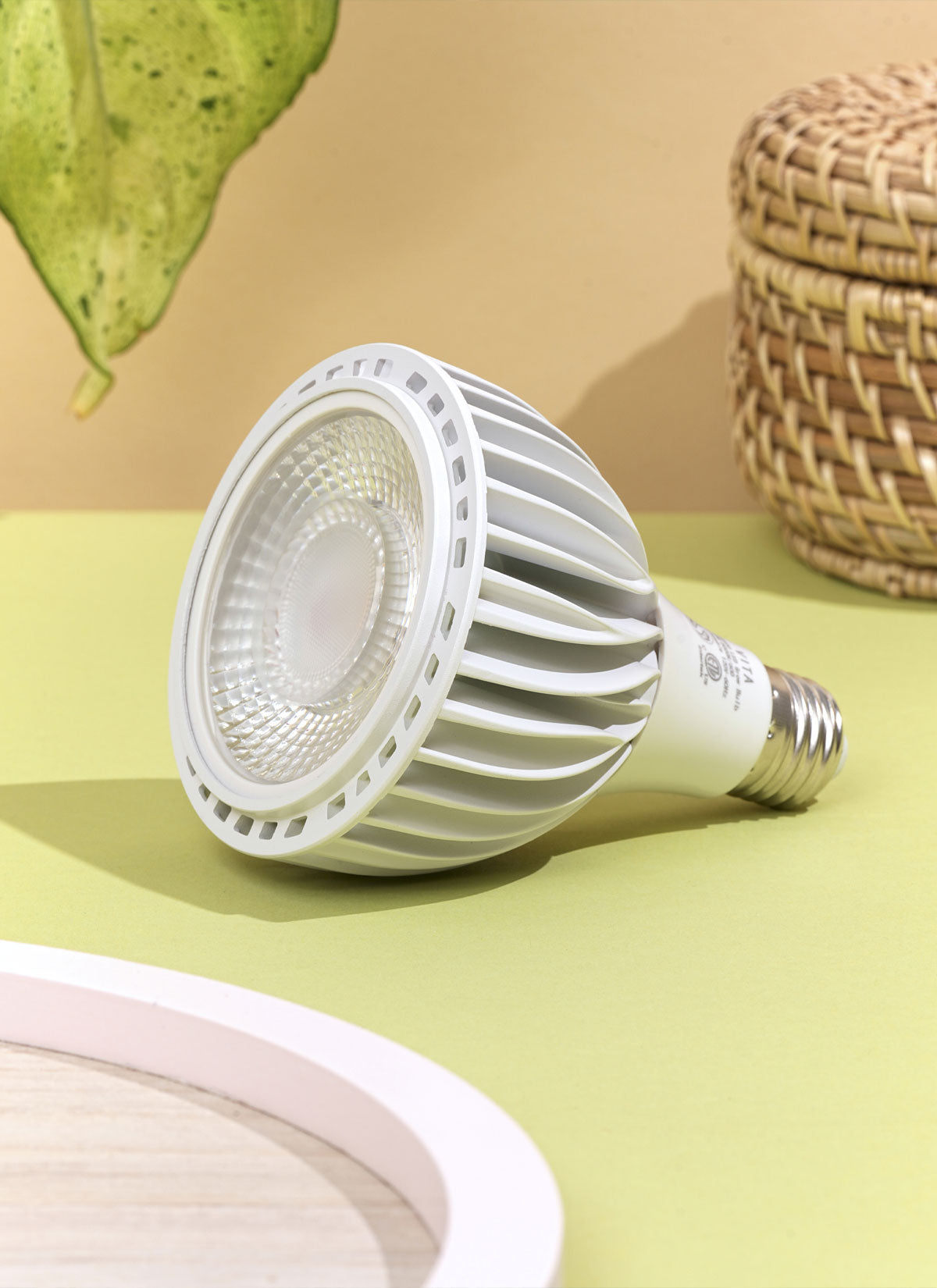Preferred Temperature: 60º - 75º
Rabbit's foot ferns ideal temperature is between 60 and 75 °F (15 and 24 °C) during the day and at least 50 °F (10 °C) at night. They prefer moist but not soggy soil and do well in a humid atmosphere. By periodically spraying the leaves, setting a tray of water next to the plant, or using a humidifier, you may ensure that the environment is sufficiently humid. Although they may survive in low light, rabbit's foot ferns prefer bright, indirect light. It's crucial to keep the plant out of direct sunlight because doing so risks burning the leaves. Also, it's vital to prevent exposing the plant to temperatures below 40°F (4°C), as this might cause damage to the plant.




















